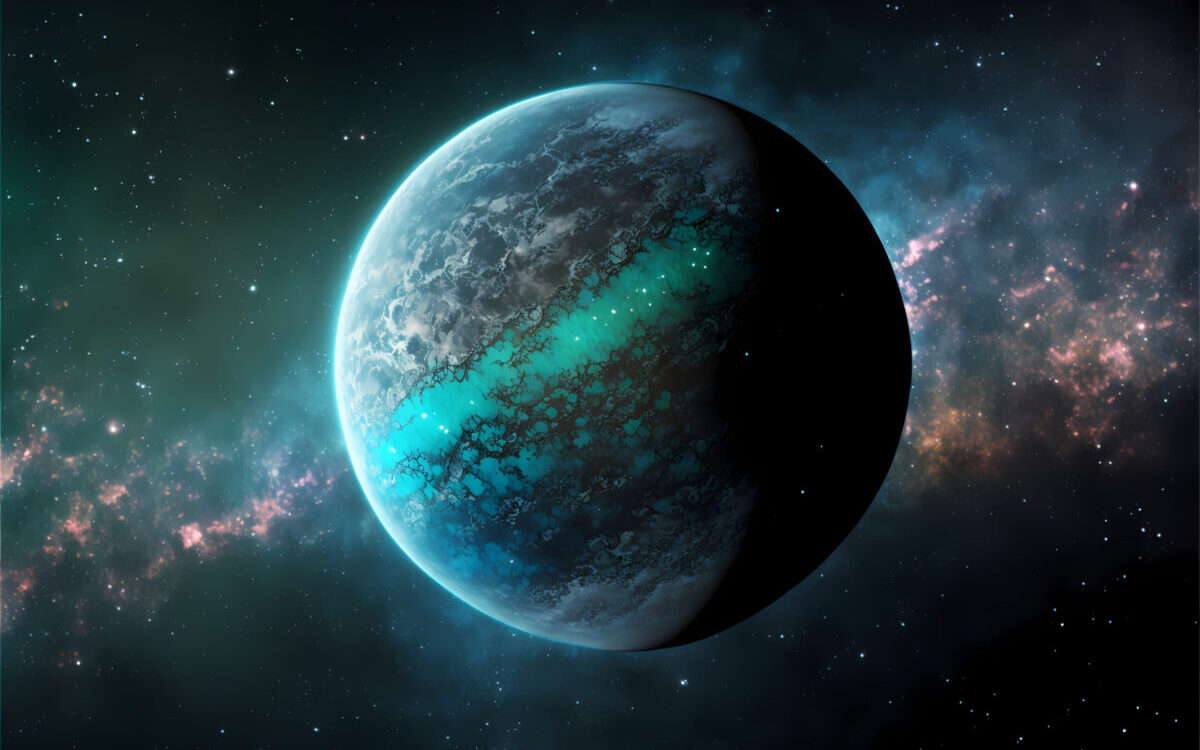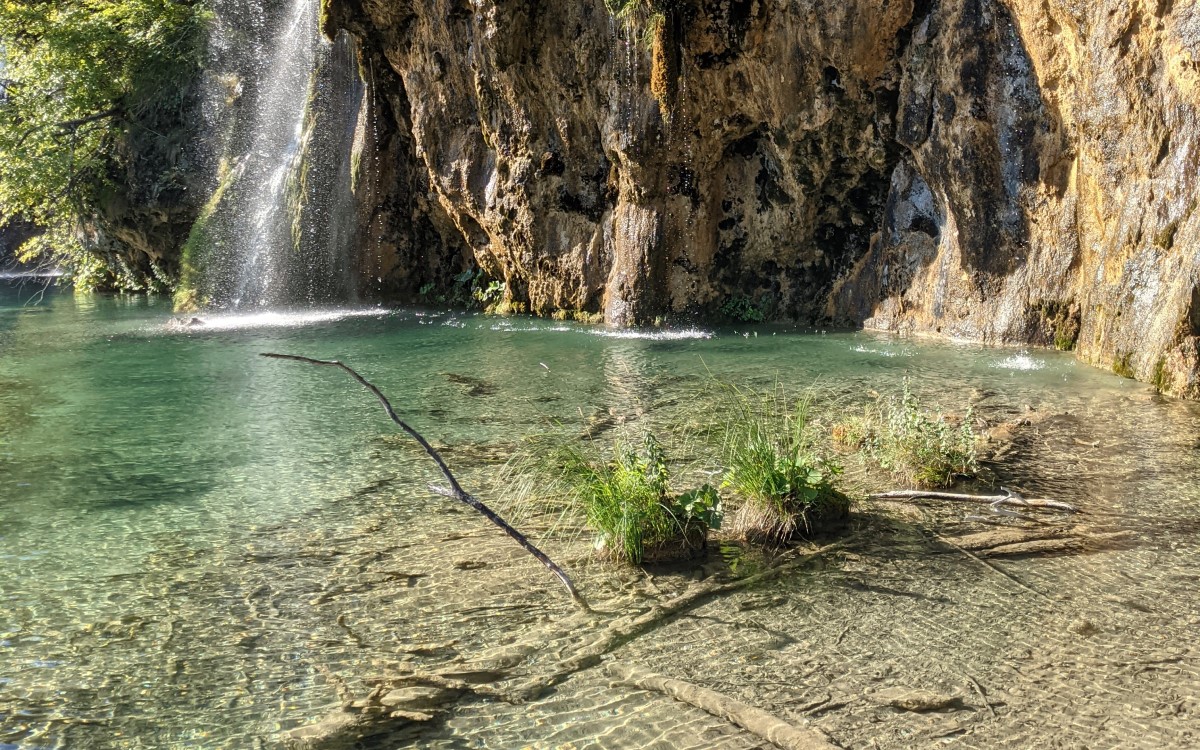February 23, 2022 | WWF releases study on the effects of plastic pollution on marine species and ecosystems.
A study released by WWF Germany and the Alfred Wegener Institute (AWI) highlights the serious scale of the global plastic crisis and summarizes the current state of knowledge concerning the effects of plastic pollution on marine species and ecosystems. In the days leading up to the United Nations Environment Assembly (UNEA), which will take place in Nairobi from February 28 to March 2, 2022, the study stresses that a binding global treaty is required in order to stop the irreversible pollution of the world’s oceans before ecological thresholds are exceeded.
Exponential growth of macro- and microplastic concentrations
Marine plastic pollution is growing exponentially. By the end of this century, an area two-and-a-half times the size of Greenland could exceed unsafe threshold values for microplastic concentrations, as the amount of marine microplastic is currently at risk of rising fifty-fold by that point in time. This forecast is predicated upon a chain reaction: that plastic production will more than double by 2040. If it does, the amount of macroplastic in the ocean will likely quadruple over the next 30 years. Over time, this larger plastic will break down into smaller and smaller pieces, and eventually into micro- and nanoplastic. Today, in some hotspot regions like regions of the Mediterranean, Yellow Sea and Arctic Sea ice, the microplastic concentration has already exceeded the ecologically critical threshold value.
“The pollution of the ocean with plastic is irreversible. Once it has spread through the ocean, it’s virtually impossible to remove plastic litter again. (…) Combating plastic pollution at the source is much more effective than trying to undo the effects after the fact. If governments, industry and society now take concerted action, they can still mitigate the plastic crisis,” says Heike Vesper, Director of Marine Conservation at the WWF Germany.
Study shows worsening situation
When it comes to marine species and ecosystems, the study reveals a serious and rapidly worsening situation: “Plastic litter infiltrates the entire marine system – from plankton to sperm whales. For most marine species groups, the negative effects of plastic litter can already be detected,” Vesper adds. The scale of plastic pollution varies considerably from region to region, as do the effects on species. Plastic can lead to internal and external injuries, even to death; it can limit their mobility, growth, ability to eat or reproduce, and change their behavior. Moreover, it accumulates in the marine food chain. The effects of the trillions of plastic fragments in the marine ecosystem are just as diverse as its life forms and biotic communities. Given the ubiquity of the pollution, today virtually every species is likely confronted with plastic. Since the harmful effects have only been investigated for a limited number of species, we can currently only shine a light on the problem in general. Nevertheless, the trend is clear: negative effects of plastic have been identified in nearly 90 percent of the 297 species investigated.
“Research is like a spotlight that we can use to shine a light in the dark depths of the ocean. Although we’ve only observed and assessed a tiny portion of the consequences, the harmful effects of plastic documented are concerning and must be seen as a warning sign of a far larger problem, especially in light of the current and expected future growth of plastic production,” explains Dr Melanie Bergmann, a marine biologist at the Alfred Wegener Institute, Helmholtz Centre for Polar and Marine Research.
Plastic pollution combined with other threats: negative effects are exacerbated
One thing is certain: as plastic pollution intensifies, the harmful effects will also worsen – and there is a very real risk of threshold values being exceeded for many other subpopulations, species and ecosystems.
The effects of plastic alone on species and ecosystems are difficult to assess, but can’t be viewed on their own anyway, warn the WWF and AWI. Where plastic pollution hotspots overlap with other threats like global warming, overfishing, overfertilization or shipping traffic, the negative effects are exacerbated. For the few survivors of endangered species, for instance, the monk seal or sperm whale in hotspots like the Mediterranean, the plastic crisis could tip the scales and become a matter of survival. It has been estimated that nearly 90 percent of all seabirds and 52 percent of all sea turtles swallow plastic. Plastic pollution is particularly hard on coral reefs and mangrove forests, which are among the most important marine ecosystems worldwide. They protect coastlines from storm surges, serve as nurseries for many fish species, and offer indispensable habitats for the preservation of biodiversity. Plastic litter is also spreading to marine protected areas, jeopardizing effective environmental protection.
A binding global treaty is required
“Just like the climate crisis, the flood of plastic is affecting the entire planet. The emissions can’t be removed, and regional and voluntary measures alone won’t be enough to get a grip on the crisis. Concerted global efforts are needed to stem the flood of plastic,” explains Heike Vesper. Accordingly, the WWF calls for the participating governments to issue the United Nations a mandate for negotiating a legally binding global treaty banning marine plastic pollution at the United Nations Environment Assembly in February 2022. This global treaty should address all phases of the plastic cycle and stop marine plastic pollution by 2030.
The study
2,592 studies were assessed for the meta-study “Impacts of plastic pollution in the oceans on marine species, biodiversity and ecosystems”, which was conducted by the Alfred Wegener Institute, Helmholtz Centre for Polar and Marine Research on behalf of the WWF. The goal of this meta-study was to summarize the current state of knowledge concerning the effects of plastic pollution on biodiversity and make this information available to decisionmakers and the public. The report can be downloaded here.







